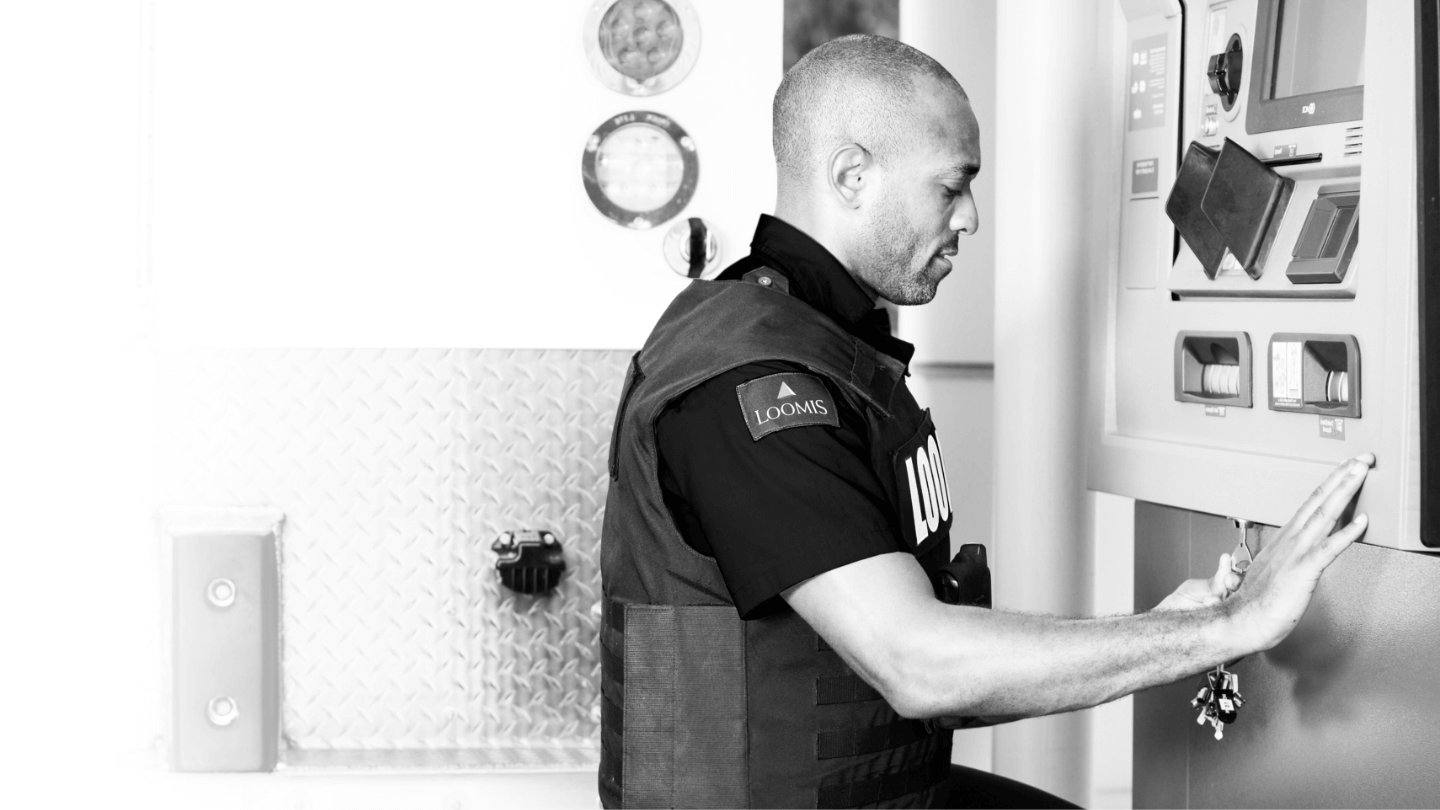Staying ahead of the cashless curve

Cash is still king
Despite the buzz surrounding cashless payment trends, statistically, cash is still king. According to the 2018 Diary of Consumer Payment Choice (DCPC) report, cash is still the most frequently used payment method, accounting for about 30% of total transactions, and even more when the transaction amount is $10 or less (about 55%). This begs the question, who’s telling the narrative that cash is a thing of the past, and what are their motivations for telling that story?
"Certainly, credit card companies have the desire to tell this narrative that cash is going away, even though statistically and volume-wise, it’s not," says Robert Lynch, SVP of National Financial Business Development for Loomis.
Lenny Evansek, SVP of SafePoint Business Development for Loomis, agrees that credit card companies are driving the cashless conversation.
"They’re the ones who stand to gain the most in incentives, because they’re collecting potentially tens of thousands of dollars per month per retail location in interchange fees."
Consumers want options
One of the most relevant aspects of cashless stores that’s making headlines lately is the backlash—not just from consumers, but at a city and state level. This year alone, New Jersey and Philadelphia placed a ban on cashless stores, while Massachusetts has had a similar law in place for years requiring retailers to accept cash. New York City and San Francisco are also considering enacting cashless bans.
In addition to legislative action, there’s been significant buyer backlash. And when even the biggest of retail giants such as Amazon are caving under the pressure from consumers to accept cash in their new Amazon Go stores, it’s clear that people don’t want the option of paying with cash taken away.
"People want to be able to choose how they pay for a purchase," Evansek says. "And as a retailer, you want to remain flexible with your consumers."
Despite the popularity of cashless payment methods, Lynch says that U.S. households, across all income levels, are consistent about using cash.
"It’s still the most frequently used payment method, and Amazon’s reversal strategy is really interesting. It just speaks to the fact that even they recognize going cashless is never going to be a completely viable business strategy."
Ethics, exclusion, and economics.
Certain demographics in the U.S. may not only prefer paying with cash—their circumstances require it. A significant percentage of the population are referred to as unbanked, meaning that they have no bank presence at all, or underbanked, meaning they may have a checking or savings account, but no other financial products outside their banking system.
"According to the FDIC," Lynch says, "there are about 8.4 million households in the U.S. that are completely unbanked. And underbanked account for about 24.2 million households. So, you’re looking at around 25% of the population. "It’s unwise in any competitive industry to limit your consumer market and turn your back on that 25%."
For Evansek, this opens businesses to a potential controversy when it comes to payment methods.
"It invokes the debate on whether or not businesses are discriminating against an entire economic class of people. I think that’s why the conversation around cashless stores has become more mainstream because it’s bringing up this ethical question of exclusion."
Changing misconceptions with tailored cash-handling solutions
So, how do businesses shift their strategy to accommodate fluctuating cash needs and increased use of digital payment methods? If retailers have to shift their operational strategy, then cash management providers are doing the same in order to better fit your needs.
"I see as I interact with companies in all different industries that there’s still a general lack of awareness as to all the more efficient and automated ways to handle cash," Evansek says. "And the majority of companies, regardless of size, still rely on the most inefficient of processes, which is taking their money manually to the local bank."
Yet Evansek recognizes that there is still room to grow in the cash handling industry.
"So, from a product perspective, we’ve come to market with new versions of our solutions like SafePoint that are smaller and less expensive, but that still provide the same value to customers. Our goal is to develop new services like our SafePoint recycling solutions and cash processing outsourcing, and we’re even moving into different innovative solutions for managing currency, planning and forecasting tools, and new digital platforms."
Discover how Loomis’ cash-handling solutions can help streamline your business.
Sources:
- 2018 DCPC
- FDIC
- Forbes
Find out how we can help with your cash management.
Contact Us